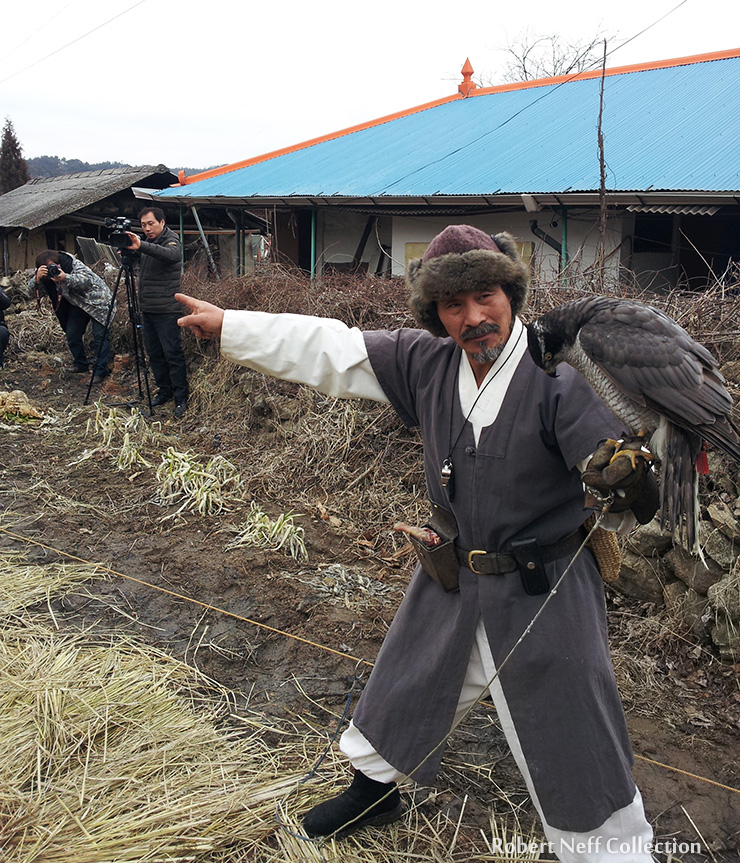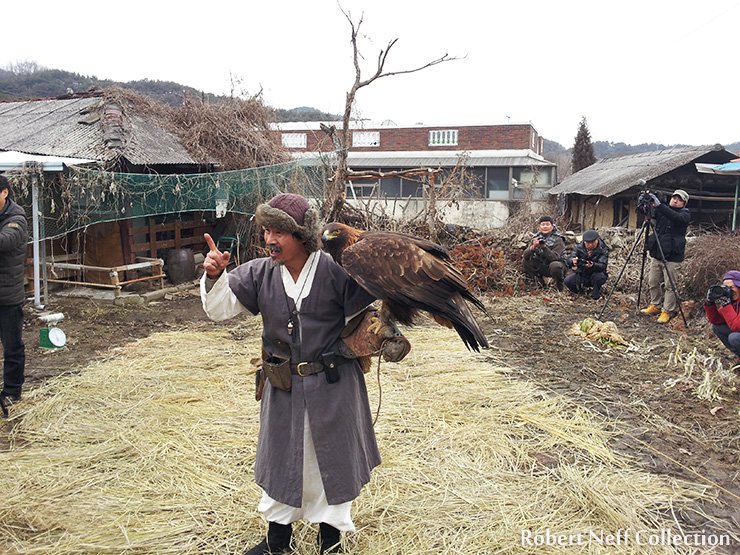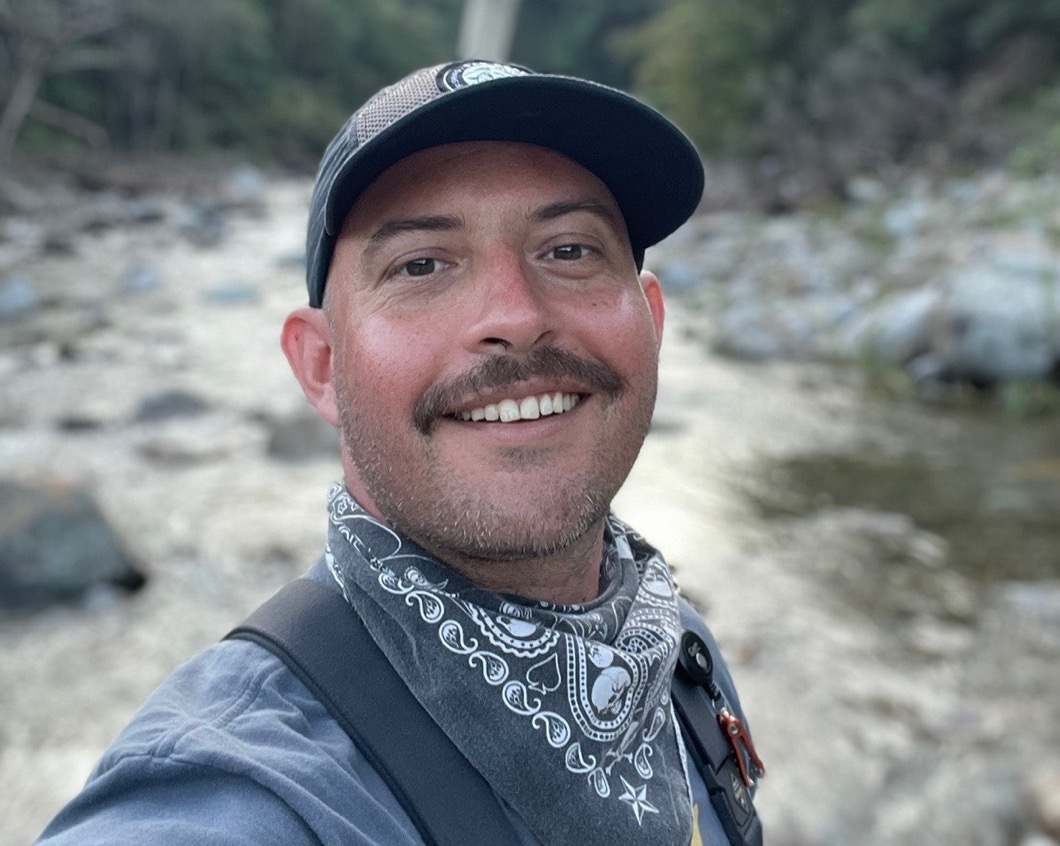Hunting in South Korea
Pheasant on the menu but shotguns are out
Taebaek, National Park 2023, South Korea
Falconry in Korea has been around for more than a thousand years. The preferred target for both falcons and falconers are Chinese ringneck pheasants. Falconry in Korea evolved from subsistence hunting to a celebrated sporting pursuit by the end of the 19th century.
In Korea’s Joseon period from 1292 – 1910, northern goshawks and peregrine falcons were most often captured as chicks called a Boramae. Young hawks live, eat, and sleep with the falconer. The student hawk is trained to fly out on command and hunt on release.
Savage assaults rained down on the pheasants from above. With talons dug deep and plummage flyin’ the falconer must scramble towards the kill before the falcon has its fill. If the owner delays or tripped over the rocky terrain, the falcon is too far into its meal. Pulling the pheasant away during mid-meal results in a furious hunting partner. Even worse is that hawks with a full bellys are unwilling to fly. Bagging fifteen to twenty pheasants on a single hunt wasn’t uncommon in the 1900s. Keeping the bird hungry means more pheasant at the end of the day.
To placate the hawk, falconers would often feed the heads of pheasants in exchange for continued loyalty to complete the hunt. In Korean lore and literature, falcons and hawks are birds known for fidelity and nobility. After several years of service, falconers were decreed to release their hunting partners into the wild. This was a rule rather than an exception.
On a forested slope that flanks a trout stream in South Korea’s Gangwon province lives a particular tame rooster. On warm autumn days, he doesn’t budge when I struggle through thorny brush at the base of the slope. At the last moment he gives a warning cluck and flushes over the river and lands out of sight. On recent visits to the creek, the rooster has been strangely absent.

Photo Credits – Robert Neff
At first light, I descended the steep slopes, swinging from tree to tree to steady my balance. When I reached the ravine, a massive Eurasian eagle owl swooped overhead, fleeting into the dark depths of the forest. If the rooster is still there, his days are surely numbered..

A Master falconer demonstrates a flight to reporters in South Korea – Photo Credit @ Robert Neff
In 2022, there were less than 12 falconers registered in S. Korea. It’s a dying art. Owls, falcons, goshawks and kites compose the apex of the food chain in modern South Korea. The last Siberian tiger in Korea was trapped, shot and killed on Daeduk mountain in 1921.
While the number of active falconers in South Korea continues to drop, the population of wild pheasant and birds of prey is holding steady.

Matthew Awalt
Owner & Partner
Since 2004, Awalt has worked as a field researcher, fly shop manager, fly fishing guide & writer. Matt has written for The FlyFish Journal, Asia Sentinel & Waterlog Magazine UK.
Matt’s guided flyfishing trips in Korea, Mongolia & Russia’s Far East. Awalt is an FFI Professional Fly Fishing Guide based in Seoul, South Korea. Email Matt at [email protected]

0 Comments